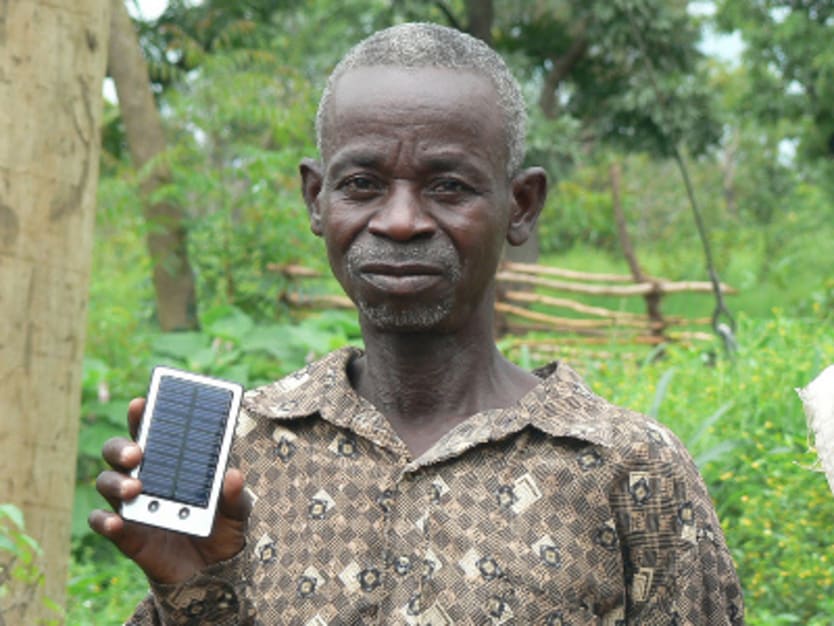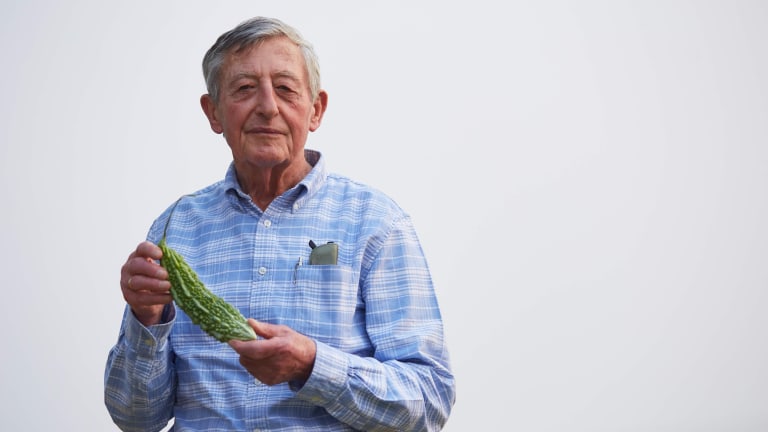
The proliferation of cell phones across Africa has allowed farmers to call multiple markets from the road to ensure they’re only hauling their crops out to the place where they’ll get the best deal.
In Ghana and elsewhere, fishermen are now calling markets before they even reach shore to find out where their fish will catch the best price. Elsewhere, mobile phones aren’t just increasing profits, they’re actually the profit-making enterprise itself.
“Someone buys a cell phone and sets up a kiosk in his village, and then people rent cell phone time from him to make calls,” said Peter Goldstein, communications director for InterMedia, a communications research firm, during a panel discussion on science and technology at the Society for International Development World Congress last weekend in Washington.
In fact, Goldstein said, researchers studying the way cell phones are changing behavior and markets in the developing world have begun to focus on the number of people who have access to a cell phone rather than the number who actually own a cell phone as a more relevant statistic.
Goldstein is project director for AudienceScapes, an InterMedia initiative funded by the Bill & Melinda Gates Foundation that gathers data on cell phone penetration in various countries in Africa, South Asia and Latin America and on how those phones are being used to aid entrepreneurs and to improve education and health outcomes. The goal is for aid organization and entrepreneurs to use AudienceScapes data to spot new opportunities in mobile development.
The most widespread and effective use of mobile technology in developing countries has been mobile money transfers, which drastically reduce transaction costs for entrepreneurs, Goldstein said.
Mobile transfers are also safer, he said, because they free people without checking accounts or credit cards from lugging around large amounts of cash. They also empower women by allowing them to more easily keep and manage money their husbands don’t know about.
The cell phone application economy is also extremely fluid, Goldstein said, so designers in developing nations can create apps that respond to local problems. Designers in Kenya, for example, have created a voice-activated version of a mobile money transfer app so the technology may be used by people who are illiterate.
The cell phone has, for some time now, been used as a way to improve health care, education and emergency response around the globe. New applications may prove as successful in boosting economic enterprise.








